National treasures: The National Trust celebrates 125 years
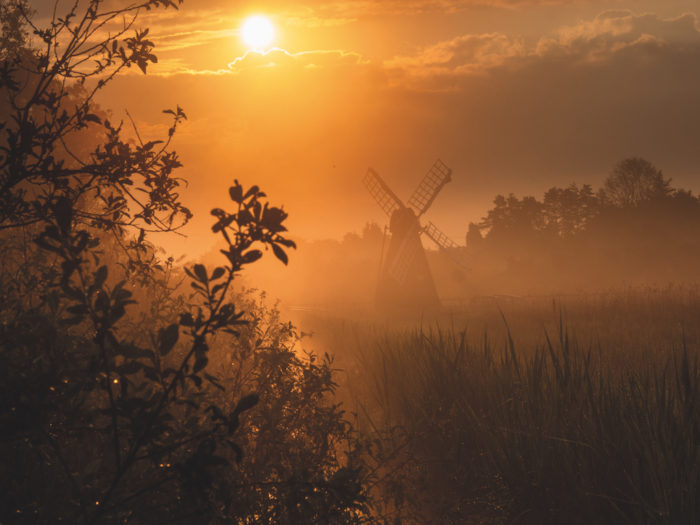
Diana Wright celebrates the 125th anniversary of the National Trust with a look at the life of the heritage charity’s pioneering co-founder Octavia Hill
In 1895, Octavia Hill noted proudly, “We have got our first piece of property”, adding: “I wonder if it will be the last.” Little could she and her two co-founders of the National Trust have foreseen that 125 years on from that first acquisition – five acres of gorse-covered cliff-top at Dinas Oleu in northwest Wales – the Trust would have become one of the UK’s largest charities, caring for more than 250,000 hectares of farmland, 780 miles of coastline and 500 historic properties, gardens and nature reserves.
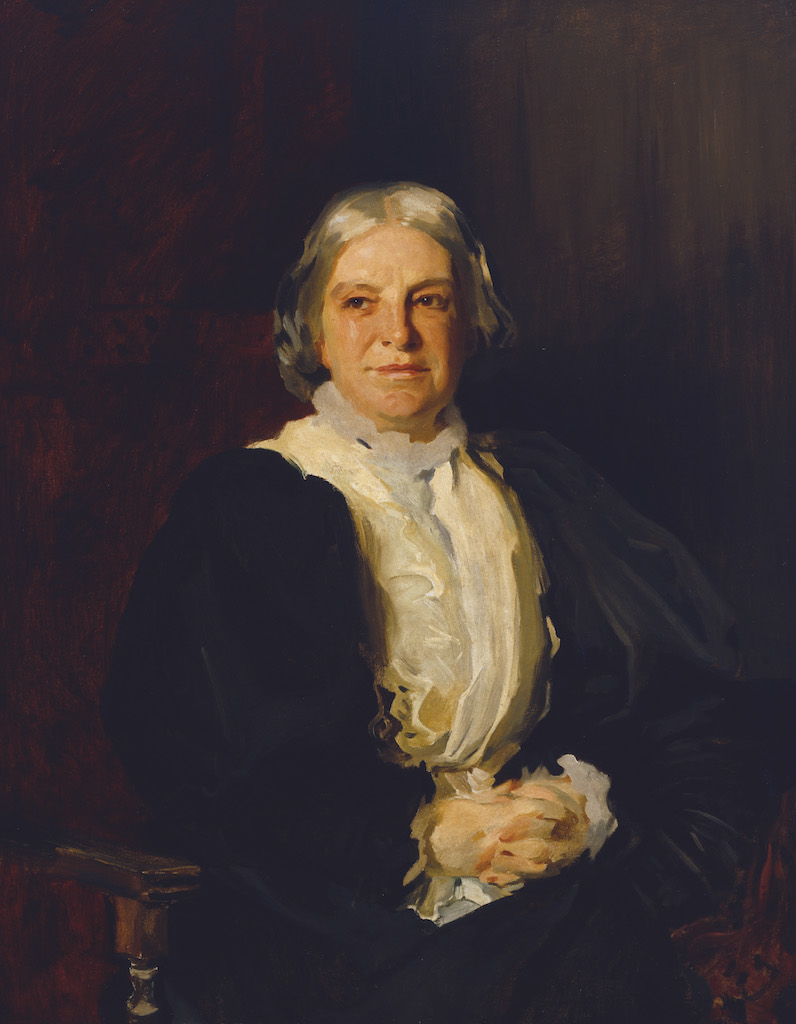
It has been a remarkable story. Moreover, Hill’s part in founding the Trust on 12 January 1895 was just one aspect of her varied work as a social reformer whose legacies are still with us to this day. She was, as one contemporary observed, “a moral force [who] could take curious and tremendous forms”.
Hill was born in 1838 at Wisbech, Cambridgeshire – you can visit her former home, now known as Octavia Hill’s Birthplace House – and was the third daughter of prosperous corn merchant James Hill and his third wife, Caroline Southwood Smith. As a follower of industrialist and social reformer Robert Owen, Hill’s father established Wisbech’s first newspaper, which propagated Owenite views, and with Caroline he also set up an infant school as a “service to the wretched poor”, which in the evenings was used for adult education and recreation.
Unfortunately, James fell bankrupt in 1840 then suffered “a temporary fit of insanity” and his marriage broke up. Caroline moved the family to then-rural Finchley on the northern edge of London and here Octavia’s lifelong love of the countryside began as she enjoyed “leaping ditches and climbing trees”. She also absorbed ideas from her maternal grandfather Dr Thomas Southwood Smith, a relentless campaigner for better housing and sanitation among the urban working classes. In 1851 when the family moved further into the capital a horrified Octavia witnessed poverty first-hand right on the doorstep.
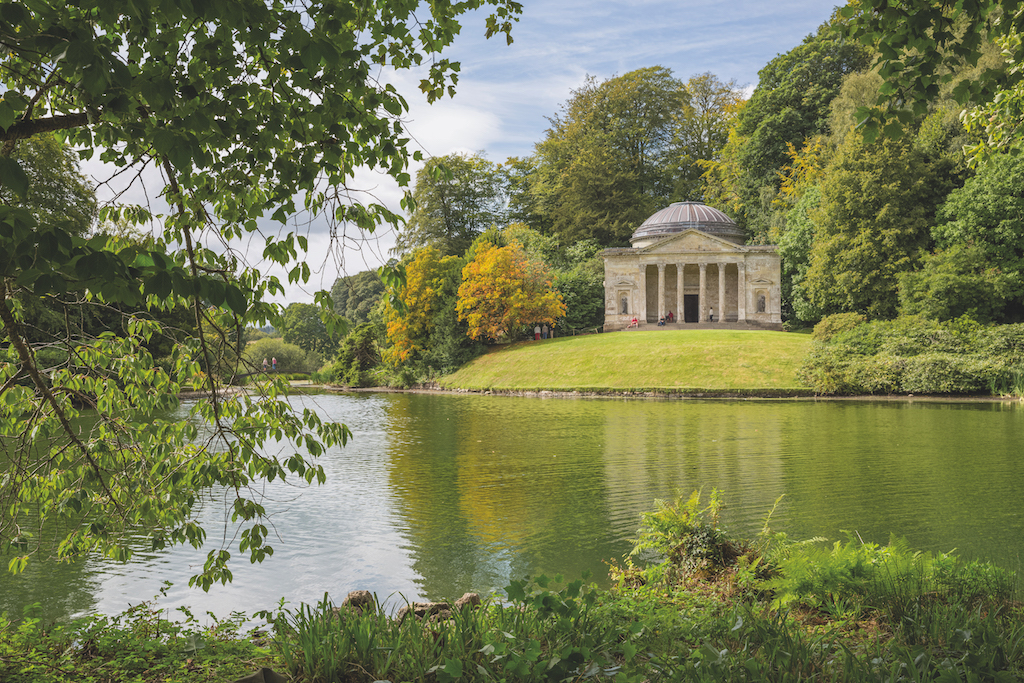
Caroline, ever resourceful, took a job as manager of the Ladies Guild, a co-operative enterprise for unskilled women including so-called “Ragged School” girls (destitute children given free education) who were employed in making toys. Octavia, aged 14, oversaw one workroom and, touched by the girls’ hardships, would visit them in their homes when they fell ill, and took them for weekend walks and fresh air on London’s commons.
Yet while Octavia was rubbing shoulders with the grim reality of London’s poor, she was also, through her mother’s connections, mixing with leading Victorian thinkers: the Christian Socialists FD Maurice and Charles Kingsley (the author of Westward Ho! and The Water-Babies), and in particular art critic and philosopher John Ruskin, who taught her that it wasn’t simply lack of money that left people impoverished but also lack of access to beauty, art and nature.
Fully convinced that better environments encouraged better lives, in 1864 Octavia persuaded Ruskin to put up the money to buy three houses in the (ironically named) Paradise Place in a London slum area nicknamed Little Hell (now part of the desirable Farringdon district). Instead of cramming tenants into properties to achieve a high return on capital as many landlords did, Hill established a pioneering business model of more modest 5 per cent returns, while improving properties and so transforming tenants’ lives. For their part, tenants were expected to pay rent on time and accept their individual responsibilities; Hill had no truck with indiscriminate charity that she believed had, “eaten out the heart of the independent, bolstered up the drunkard in his indulgence, subsidised wages, discouraged thrift”.
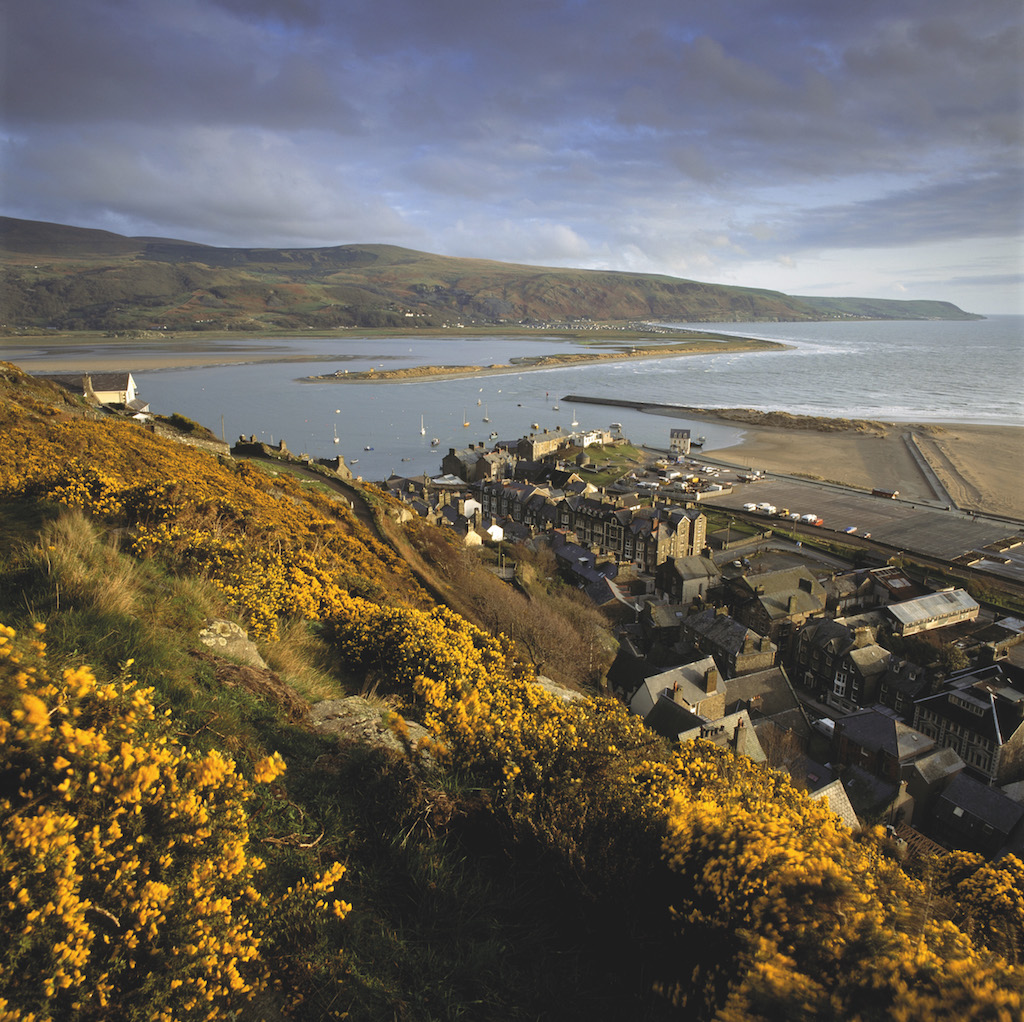
Hill’s scheme soon attracted investors and by 1874 she had more than 3,000 tenancies around London. A team of workers maintained personal contact with tenants, collecting rents and offering them advice “without destroying their independence”. Community spirit was fostered through meeting halls, activities and cultural outings. Her pioneering legacy lives on today and not-for-profit organisation Octavia Housing continues to provide thousands of people with affordable homes in inner London.
Hill suffered ill health and a nervous collapse in the latter 1870s (a bitter quarrel with Ruskin was a contributing factor) but she always returned to the fray. She became a driving force behind the Kyrle Society, set up by her sister Miranda (and named after Herefordshire philanthropist John Kyrle), which sought to enhance people’s lives through arts and nature. She also established London’s first independent cadet battalion of volunteers in 1889, believing military discipline could help give direction to otherwise aimless urban youths.
Above all, Hill’s experiences told her that what urban dwellers really needed for their wellbeing was open spaces where they could breathe and hear “whispers of better things”, “a few acres where the hill top enables the Londoner to rise above the smoke, to feel a refreshing air for a little time and to see the sun setting in coloured glory which abounds so in the Earth God made.”
By now Hill had met Robert Hunter, solicitor for the Commons Preservation Society. Together they campaigned to preserve footpaths and save areas, such as London’s Parliament Hill Fields, from developers. The pair also campaigned with the Anglican priest Hardwicke Rawnsley (who had collected rents for Hill as a young man) against railway encroachments threatening the Lake District where Rawnsley lived. Eventually, in 1895, the trio founded the National Trust for Places of Historic Interest or Natural Beauty to help ensure green spaces could “be kept for the enjoyment, refreshment, and rest of those who have no country house.”
They made a good team: Rawnsley the campaigning conservationist clergyman, Hunter the self-effacing legal brain, and Hill, the bustling manager keeping everyone hard at work – sometimes to their disgruntlement. Beginning with 100 supporters, each paying 10 shillings, the National Trust would grow to some six million members today. Following the acquisition of coastal Dinas Oleu in Wales, the Trust bought its first building in 1896, for £10 (around £600 in today’s money), as a restoration project. This was Alfriston Clergy House, a medieval Wealden timber-framed hall house in Sussex. “It is such a blessing to get these lovely old buildings into the hands of the National Trust,” said Hill a few years later when medieval Long Crendon Courthouse in Buckinghamshire was added.
The first nature reserve to come into Trust hands was Wicken Fen in Cambridgeshire in 1899, a fragile wetland already threatened by the activities of over-zealous Victorian moth and butterfly collectors. This unique remnant of un-drained fenland is among Europe’s most important areas of its kind, inhabited by more than 9,000 species including many rare plants, birds and dragonflies.
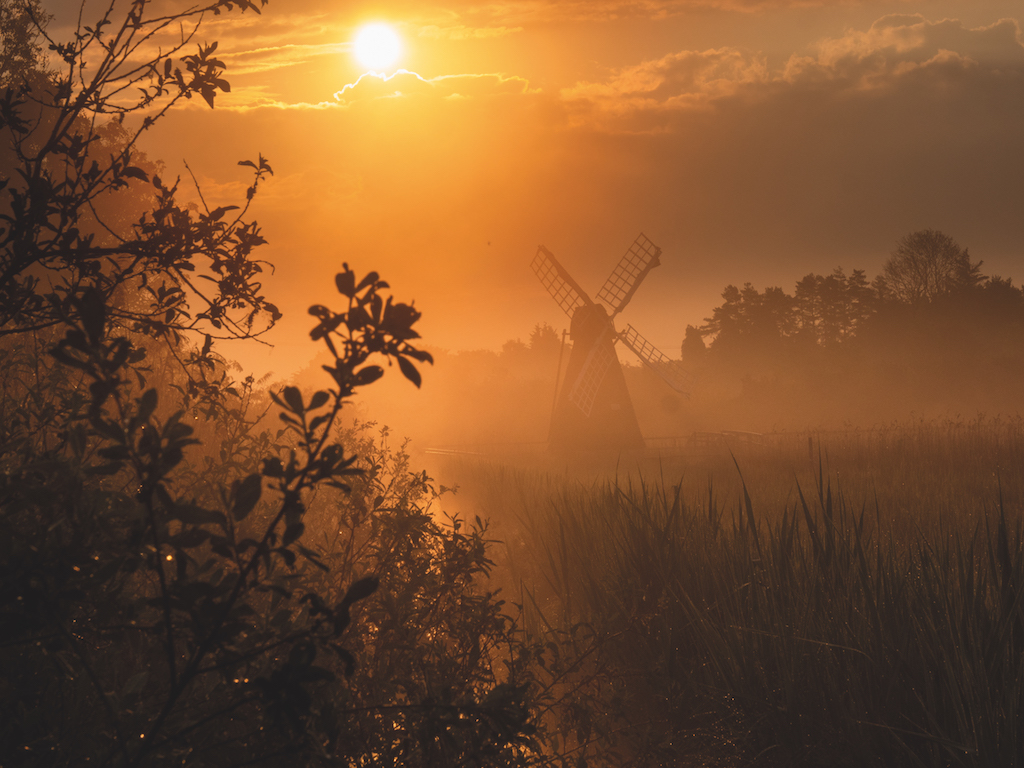
In 1902 a public appeal to raise funds to buy the scenic Brandelhow estate in the Lake District brought donations from every level of society, galvanised by Hill’s rallying call that “it belongs to you all and to every landless man, woman and child in England”. Today Brandelhow features an Octavia Hill commemorative walk (there are also trails in her honour at her beloved Toys Hill in Kent, and also Hydon’s Ball and Heath in Surrey).

In the years that followed Hill’s death in 1912 some of her reforming social views that ran counter to a growing welfare state were frowned upon. But appreciation has prevailed for her pioneering courage and her holistic grasp that “we all want quiet, we all want beauty… we all need space”. She would be so proud that the National Trust continues to stimulate public wellbeing by preserving and providing access to an amazing breadth of culture, art, countryside and nature, “for everyone, forever”.



